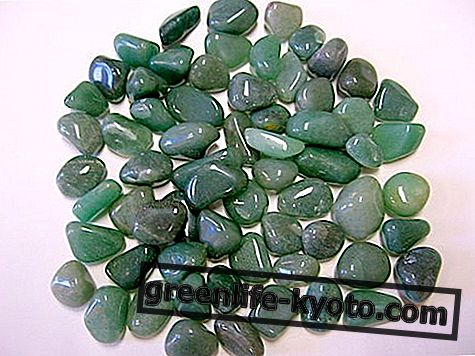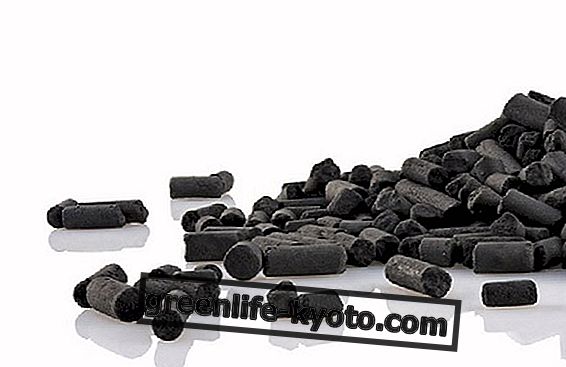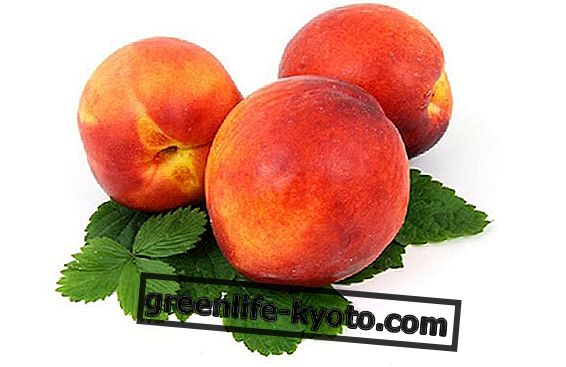
The hands are a particularly exposed area of our body. Being a part almost always discovered, the hands are subjected to continuous cold, wind and sunlight.
To the atmospheric agents must be added the use of detergents and household cleaners which, not being designed to come into contact with the skin, have very aggressive formulations.
For these reasons, the skin of the hands is often drier than other areas of the body and has a tendency to crack, especially during the winter. Furthermore, the hands first show signs of aging, such as loss of skin tone and the appearance of dark spots.
With a few tricks and with the right cosmetics it is possible to take care of your hands and preserve their beauty.
Hand care cosmetics
If in the past no particular importance was given to hand care cosmetics, today there are numerous products that aim to improve the appearance of the hands.
The hands represent one of the most exposed areas of the body and, if we do not take proper care of them, they are the first part of the body to reveal our age.
Hand care cosmetics include:
> emollient and moisturizing creams
> hand cream with a barrier effect
> preparations to soften the cuticles
> treatments to strengthen nails
> nail polishes
Let's see what are the essential cosmetics to take care of hands and which is best avoided.
Discover the remedies for taking care of hands in winter
Hand and nail care creams
Hand creams include barrier creams and emollient and moisturizing creams.
The emollient and moisturizing creams have the purpose of protecting the skin from the action of external agents, limiting the water loss of the epidermis, softening the skin and cuticles and strengthening the nails. These products should be applied to the hands every day, generally in the morning and in the evening and after each cleansing.
Hand beauty creams contain vegetable oils and butters with emollient properties, such as olive oil and shea butter. The unsaponifiable fraction of these fats, in addition to softening the skin and cuticles, has an anti-aging action as it stimulates the cells of the dermis to produce collagen and elastin, important proteins to give tone and elasticity to the epidermis. Shea butter also has a healing action and is useful for preventing or treating skin cracks .
Hand creams can then contain ingredients such as Aloe vera gel which has moisturizing and nourishing properties and offers support to the skin's barrier effect, protecting it from the action of wind, cold and sunlight.
A slight protection from the sun's rays is also obtained from the extracts of frangola ( Rhamnus frangula ), rhubarb, chamomile and hypericum and from bran and rice oils.
Hand creams may contain other ingredients with emollient and smoothing properties including lemon extract and cucumber extract and active ingredients such as allantoin, vitamin F and proteins, these latter also useful for protecting and strengthening nails.
Hand care creams are often characterized by high percentages of glycerin in the formulation. When choosing a hand cream, pay attention to the high amounts of glycerin, since if it is present over 5% it could dry out the skin even more: if on the ingredients label the glycerin is among the first ingredients, it is probably contained in too high quantities.
As far as barrier creams are concerned, this is a particular category of creams intended for professional use. Barrier creams are formulated with silicones and ingredients that resist water and create a light, non-greased protective film on the skin.
They are used by those who, for work reasons, need almost total protection and cannot use gloves and should not be used if they are not needed as they limit the normal physiological functions of the skin.
Essential oils for hand and nail care
In addition to creams, to soften and nourish the skin and strengthen the nails, periodically you can apply vegetable oils added with specific essential oils.
These treatments are more suitable in the evening before going to bed to limit the discomfort caused by the oil greasiness.
Among the essential oils most suitable for the care of dry and chapped hands we find the essential oil of geranium, the essential oil of rose, the essential oil of lemon.
Grapefruit essential oils, rosemary essential oil and lavender essential oil are used to strengthen the nails and stimulate their growth.
Essential oils should not be used pure but diluted in an ecological neutral base cream or in a vegetable oil: just add 10 to 30 drops at most every 30 milliliters of olive oil or neutral cream.
Nail polishes
Enamels are viscous mixtures that contain solvents, film-forming and plasticizing substances, resins, colored lacquers and pigments.
Given the considerable percentage of solvents inside the glazes, their continued use is not recommended . These solvents, which also include the levasmalto acetone, are not considered completely safe: despite their keratin nature, the nails are partially permeable and can be damaged by prolonged use of colored enamels.
It is better to choose enamels and eco-bio varnishes, sold in specialized shops and well-stocked herbalist's shops.













